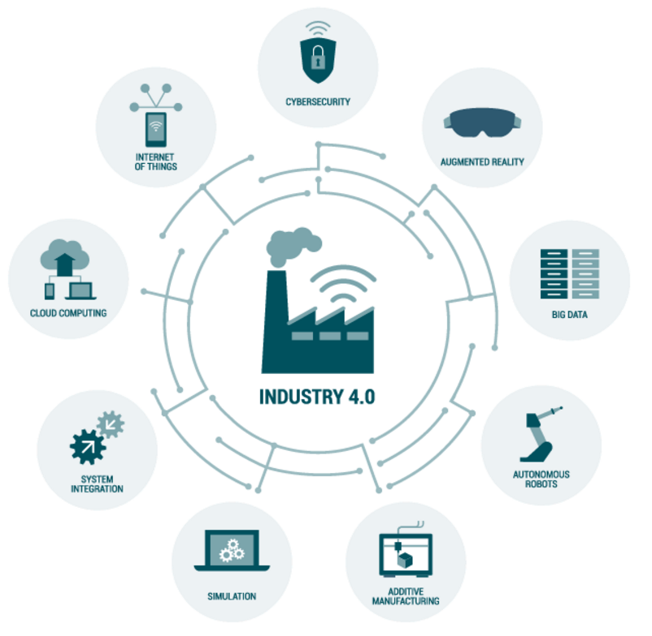
Asier Ortiz, Chief Operating Officer (COO) of Lantek
Although the latest advancements and technological developments carried out by more and more companies are making it possible for them to make predictions aimed at industry self-management, there are certain elements that suggest that perhaps this imagined future with machines solving the most complex of tasks, which are currently being carried out by humans, remains further away than we realize.
The digitization process has led to an explosion of data, which we are already able to analyze and utilize. We had already succeeded in developing algorithms capable of making the machines learn; but, we were waiting for the ability to feed data into systems in a large-scale way which would ensure this learning would be real and valid. Machines have been equipped with learning capabilities based machine learning algorithms. Thanks to their huge capacity to collect innumerable data, this contribution opens up new possibilities for designing factories of the future.
These machines, which so far have helped automate processes, connected to the digital world through the capture of data to meet and anticipate situations, and offered new prediction and learning capabilities, are what we call cyber-physical systems. These systems will be able to solve situations related to the work request, to warn with indicators for prediction error, fault identification or maintenance anticipation automatically, allowing humans to resolve situations or more complex problems related to the continuous manufacturing flow. These machines will be connected to the digital world, to the ecosystem of software solutions, implemented in the factory. The physical world and the digital world will be connected.
Our vision is that intelligent machines can complement and support the work of individuals, providing greater knowledge and added value. However, we believe that they should be understood as a tool, not as an end in themselves that can replace human beings. An example of this is a story from IBM. In 1997, IBM engineers developed a machine called DeepBlue that was able to beat Kasparov, one of the best chess players of all time. This machine was able to process a huge amount of information, movements, and positions, far more than a human being would be capable of. However, in 2005 a group of amateur chess players was able to beat DeepBlue repeatedly with support from their personal computers.
There are unique human capabilities that cannot be replicated or imitated by machines. Qualities such as creativity, empathy, common sense, emotion, and the ability to reason are characteristics that distinguish us from machines and still place people in a privileged position ahead of the machines.